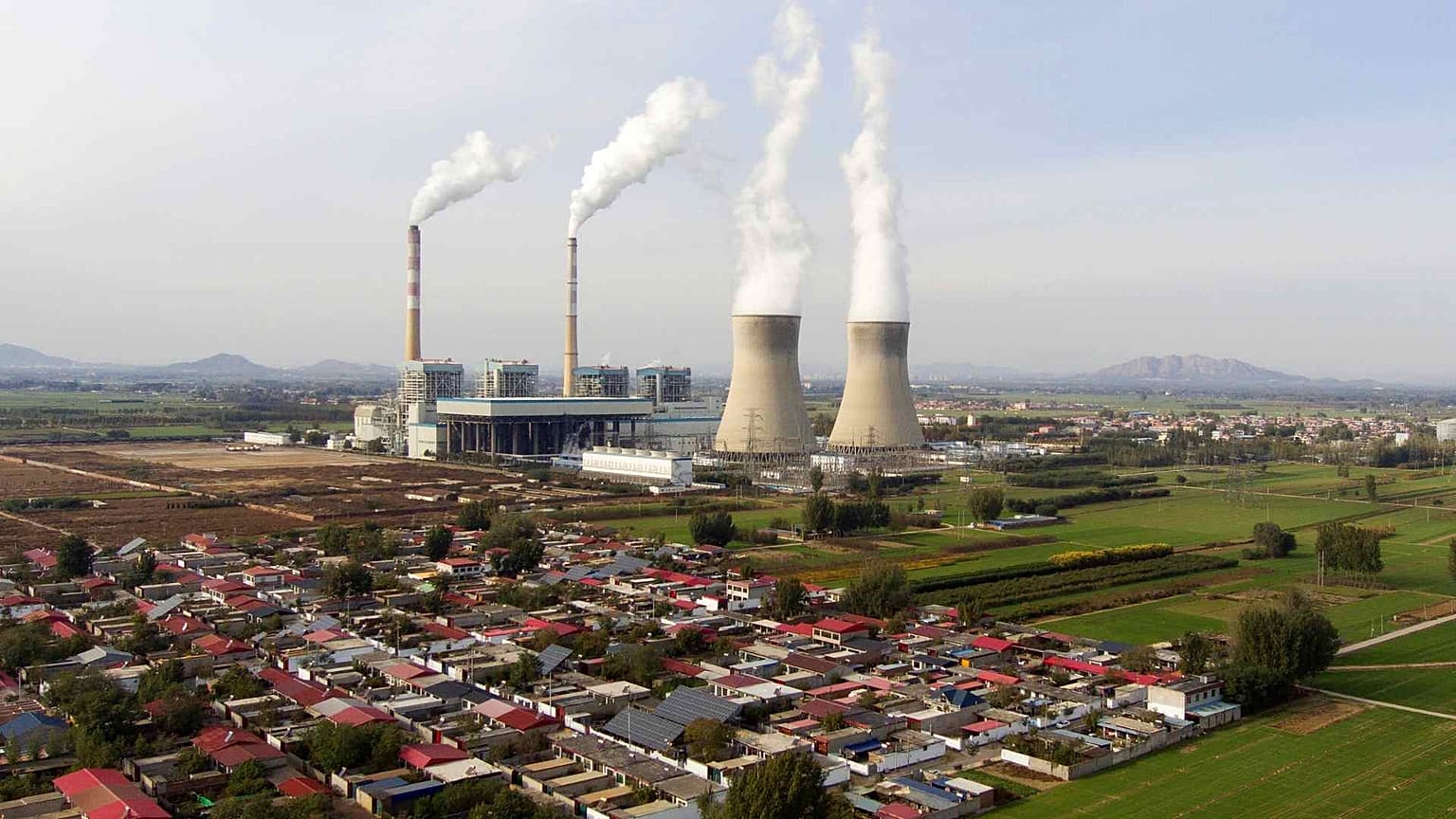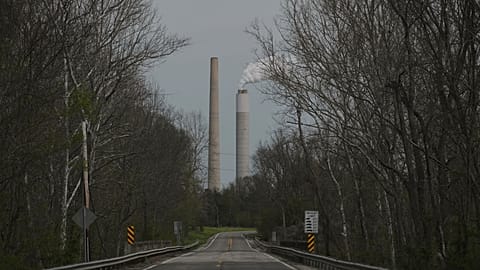China installed more than 180 gigawatts of solar power in 2023, compared to 58 gigawatts across the whole of Europe.
Approvals for new coal-fired power plants in China dropped sharply in the first half of this year, after a flurry of permits in the previous two years raised concern about the government's commitment to preventing the worst effects of climate change.
A review of project documents by Greenpeace East Asia found that 14 new coal plants were approved from January to June with a total capacity of 10.3 gigawatts, down 80 per cent from 50.4 gigawatts in the first half of last year.
Chinese authorities approved 90.7 gigawatts in 2022 and 106.4 gigawatts in 2023, a surge that raised alarm among climate experts.
As a comparison, the whole of Europe added 58 gigawatts in 2023, an increase of 40 per cent on 2022.
Coal plants still needed alongside renewables
China leads the world in solar and wind power installations but the government has said that coal plants are still needed for periods of peak demand because wind and solar power are less reliable.
While China's grid gives priority to greener sources of energy, experts worry that it won't be easy for China to wean itself off coal once the new capacity is built.
“We may now be seeing a turning point,” Gao Yuhe, the project lead for Greenpeace East Asia, said in a statement. “One question remains here. Are Chinese provinces slowing down coal approvals because they’ve already approved so many coal projects ...? Or are these the last gasps of coal power in an energy transition that has seen coal become increasingly impractical? Only time can tell.”
How China plans to reduce its carbon emissions
Greenpeace released the analysis with the Shanghai Institutes for International Studies, a government-affiliated think tank.
The government has issued a slew of documents in recent months on reducing carbon emissions and accelerating the shift to renewable energy.
The National Energy Administration unveiled a three-year plan in June to retrofit existing coal power units and equip newly built ones with low-carbon technologies.
Another government plan released this month to “accelerate the construction of a new power system” took aim at bottlenecks and other challenges, including how to expand transmission of renewable energy.
China is also looking to nuclear power as it seeks to meet its carbon reduction targets. The State Council, China's Cabinet, greenlighted five nuclear power projects on Monday with 11 units and a total cost of 200 billion yuan (€25 billion).


















